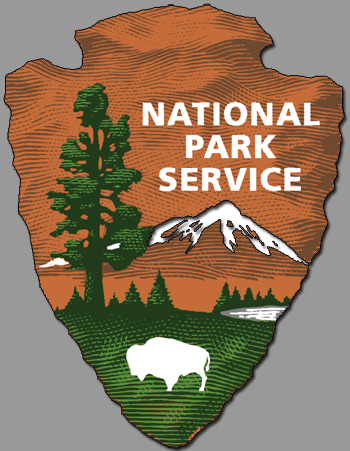National Coal Heritage Area
Welcome to the National Coal Heritage Area!
 The National Coal Heritage Area (NCHA) is one of only 40 nationally designated heritage areas in the entire United States. It represents a part of the growing effort by the National Park Service to develop resource protection initiatives for areas of national importance that rely on partnerships and private ownership rather than the traditional methods of Federally owned parklands. The mission of the National Coal Heritage Area is to preserve, protect, and interpret lands, structures, and communities associated with the coal mining heritage of West Virginia.
The National Coal Heritage Area (NCHA) is one of only 40 nationally designated heritage areas in the entire United States. It represents a part of the growing effort by the National Park Service to develop resource protection initiatives for areas of national importance that rely on partnerships and private ownership rather than the traditional methods of Federally owned parklands. The mission of the National Coal Heritage Area is to preserve, protect, and interpret lands, structures, and communities associated with the coal mining heritage of West Virginia.
The NCHA encompasses 13 counties in southern West Virginia: Boone, Cabell, Fayette, Logan, Lincoln, McDowell, Mercer, Mingo, Raleigh, Summers, Wayne, Wyoming and Paint Creek and Cabin Creek located in southern Kanawha County. An initiative of Congressman Nick Joe Rahall II, the idea of the NCHA began in the early 1990's when the National Park Service was directed to complete a study to evaluate significant "historic, cultural, natural and recreational resources" to determine the "feasibility of protecting coal mining and related resources in southern West Virginia". In November 1996, the US Congress passed into law the Omnibus Parks and Public Lands Management Act which officially designated the region as the National Coal Heritage Area.
Who is involved in this program?
The National Coal Heritage Area originally was a partnership project of the National Park Service, and the state of West Virginia as represented by the Division of Tourism and the Division of Culture and History. In January 1999, the Governor of West Virginia appointed 28 experts from the state and the region to the National Coal Heritage Area Steering Committee to provide guidance in the development of the NCHA. In 2002 the West Virginia Legislature created the National Coal Heritage Area Authority, a state agency with an independent board, to serve as the management entity for the National Coal Heritage Area. The National Coal Heritage Area works in cooperation with the Coal Heritage Highway Authority to preserve and interpret coal heritage resources in southern West Virginia.
What will the NCHA do for Southern West Virginia?
National Heritage Area designation recognizes the coalfields of southern West Virginia as a treasure of national importance. This designation provides an opportunity to tell the story of the southern West Virginia coal mines to visitors from outside the region as well as local residents. Because it is a project that stresses partnerships, land ownership and land use decisions remain at the local level. At the same time, southern West Virginia will gain new prominence on national tourist maps. Because it is a project for which the National Park Service provides technical assistance, the region is included in materials used to describe sites around the country - sites important to the history of our nation. As a plan takes shape and is implemented, the heritage area will become a much-needed focal point for the revitalization of southern West Virginia, encouraging residents to embrace their heritage with a new sense of pride and ownership.
Not only is historic and heritage preservation important from the point of view of creating tourism opportunities, but the National Trust for Historic Preservation lists the following as benefits of heritage and cultural tourism for the local communities involved:
· It builds closer, stronger communities;
· It protects historic, cultural and natural resources in communities, towns and cities;
· It educates residents and visitors about local/regional history and traditions; and
· It promotes economic and civic vitality of a community or region.
To learn more about National Heritage Areas visit www.nps.gov